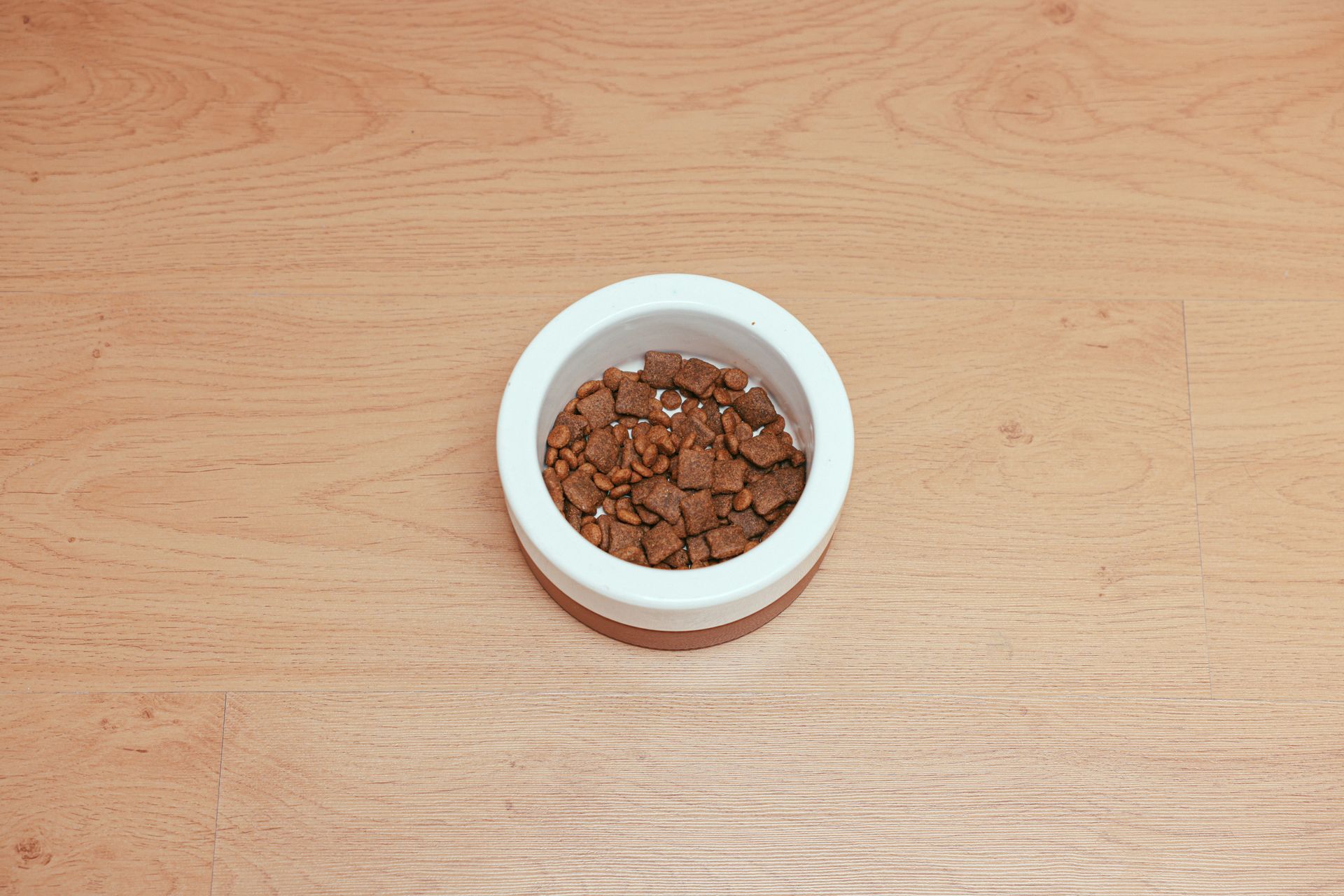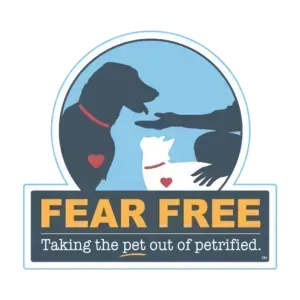Ear Infections (Otitis Externa)
Otitis Externa
Inner Ear Infections
Dogs and cats often come to the vet due to ear infections. In fact, this is one of the top ten reasons that a cat or dog comes to the veterinarian for an appointment outside of his or her yearly wellness examination. "Otitis" is the medical term for an ear infection. We typically separate otitis into three subsets: outer, middle and inner ear disease (otitis externa, otitis medialis and otitis interna). The majority of ear infections in animals are outer ear infections (Otitis externa). Sometimes pets present with skin infections ( pyoderma ) along with the infected ears.
The outer ear is made up of the ear that is on the outside of the ear drum (Tympanic membrane). This portion is divided into three parts: the ear pinna (ear flap), the vertical ear canal and the inner ear canal.
It is not uncommon for a pet to present to us after the owner has tried to treat him or her for several weeks at home for ear mites. It is actually a misconception that ear mites are a major factor in ear infections. In fact, ear mites are almost exclusively limited to young animals, often resolving by 20 weeks of age.
Outer ear infections are most often a symptom of allergies, rather than water in the ears or another risk factor. Other risk factors can contribute to ear infections, but it is often the underlying allergy that sets up the right situation for an ear infection to develop. These risk factors include floppy ears, narrow ear canals, repeated exposure of the ears to water and certain breeds.
At Seville Wadsworth Veterinary Clinic, we strive to provide you with the most information available for your pet. Listed below are clinical signs, how we diagnose ear infections, treatment information and prevention tips.
Clinical Signs : Many of the symptoms are related to the discomfort that is experienced in the ear canal itself. Animals experience a itching sensation, as well as pain and warmth at the site of infection. This itching and pain leads to the most common clinical signs: rubbing the ear, shaking the head, crying when touched near the ear, favoring the head in a low position and pawing at the ears and face. In addition, owners may notice redness/ inflammation of the ear. Oftentimes a very distinct odor can be detected.
Additional problems and symptoms can be present, including major swelling of the ear flap (called an aural hematoma). This requires surgery. Abnormal head positioning or weird eye movement is a sign of a middle or inner ear infection. Inner and middle ear infections require immediate attention and more aggressive treatment.
Diagnosis: A physical examination will be performed, including the use of a otoscope. This lets us evaluate the severity of the infection, as well as viewing the ear drum. We may need to clean the ear canals so that we are able to better see the tympanic membrane (Ear drum). We will also place a cotton swab into the ear canal to gather a sample. This sample will be stained and evaluated to see which type of infection is present. This helps us choose a good treatment for the specific infection.
Typically we classify an ear infection into three broad categories:
1) Yeast Otitis Externa: Ear infections caused by yeast are the most common type of ear infection. Fortunately, these infections also tend to be the easiest to treat. (Notice we did not say that they are "easy to treat," simply that they are the least complicated and generally resolve with appropriate treatment)
2) Small bacterial Infection (COCCI): This is a very broad category, which we call cocci. We lump these bacteria into one category because they tend to be treated with the same medications. This is the second most common type of infection that we see in the clinic. It is more difficult to treat than a yeast infection, but not as concerning as the third category.
3) Rods: These large, elongated bacteria tend to be aggressive and more severe than the other two categories. Fortunately, this is the least common type of infection. It may take several rounds of therapy to resolve an infection with rods. We will recheck these pets two weeks into the treatment and repeat a test to see if the infection is going away. Our goal is to clear up the infection as soon as possible, however we often see these more aggressive infections change over to a less aggressive type. At this point, we modify our treatment and target the changed infection.
Treatment : Treatment for the specific ear infection will vary depending on the results of the physical examination and the cytology testing that we perform in the clinic. Most treatments involve some form of ear cleaning and then a treatment that is placed into the ear. Our technician or veterinarian will demonstrate the proper way to clean the ear canals. Generally, we recommend cleaning the infected ears once a day for one week and then every other day for the second week. We then give you instructions on when to apply the ear medication, which is either once a day or twice a day for two weeks. Some ear infections can also be treated using a medication that we can place into the ear canal. This treatment will stay in the ear canal and treat the infection for 2 to 3 weeks depending on each case.
Animals that have a more aggressive infection may be placed on additional medications. These include oral antibiotics and NSAIDs. NSAIDs are medications that target both inflammation and pain.
Prevention : There is not really way to prevent all ear infections, but there are things that can be done to help. We recommend cleaning the ears periodically, up to twice a week in chronic infected patients. This helps to keep the ear canal free of debris, as well as removes a lot of yeast and bacteria from the ear canal. Routine cleaning also helps with early detection of an ear infection.
Only clean your pet's ears with an approved ear cleaner for animals. These are available over the counter at pet stores and also here in the clinic and on our online store. For most animals, a general ear cleaner is recommended. Depending on the infection and history, we may recommend a specialized ear cleaner. These ear cleaners may be more effective at dissolving the ear debris or may change the pH levels within the ear canal. We do not recommend a home remedy in the ears for various reasons. These include inefficacy (they simply don't work) and they may cause harm to your pet. These home remedies are not approved for use in pets, including hydrogen peroxide and vinegar. It is always best to have you pet examined to see if the ear drum is ruptured or not.
Written and published by Dr. Jeff Fink
Seville Wadsworth Veterinary Clinic (330)336-5823



CONTACT US
VETERINARY WELLNESS PARTNERS
LOCATIONS
COPYRIGHT © 2023 VETERINARY WELLNESS PARTNERS, INC. ALL RIGHTS RESERVED. BUILT BY BIRDEYE







